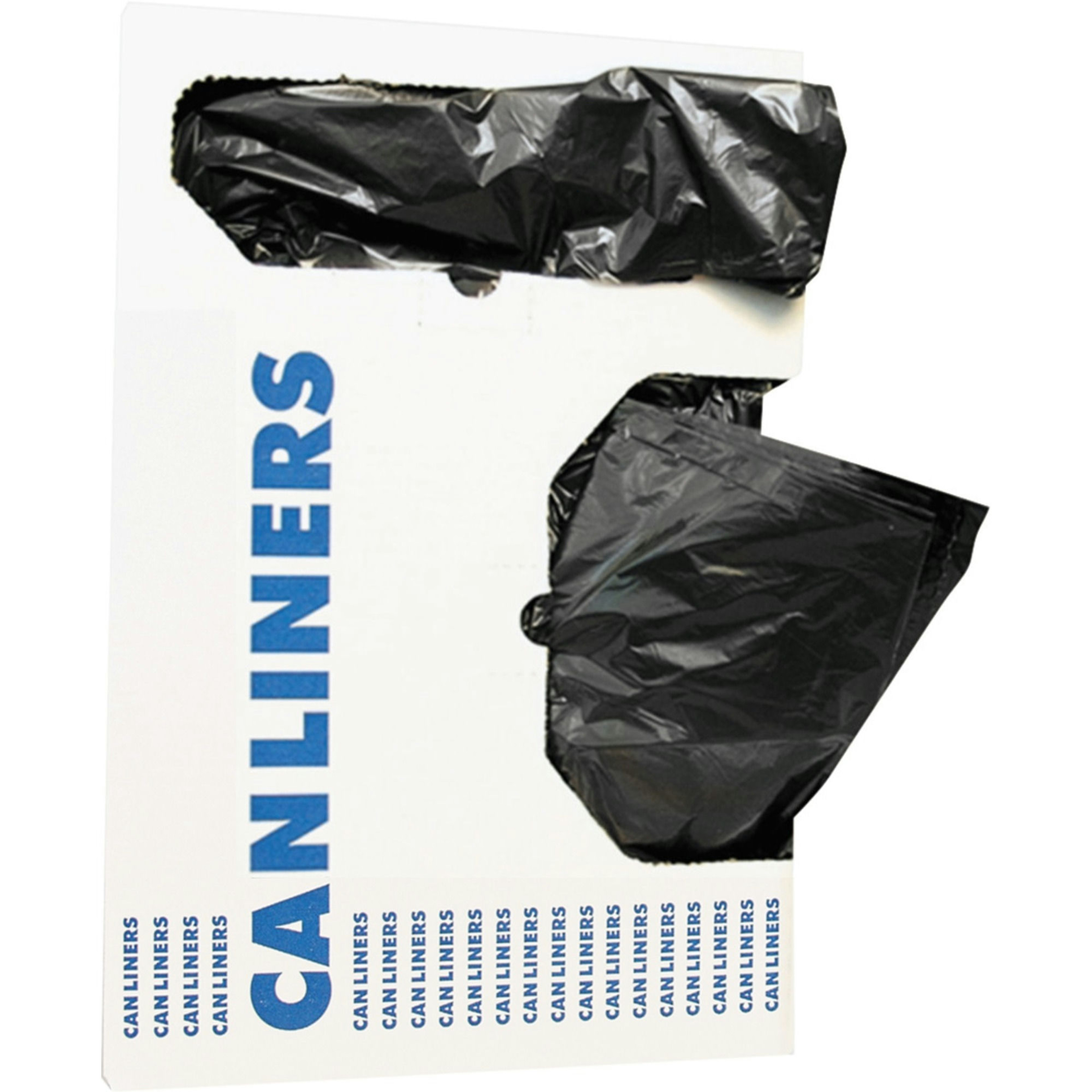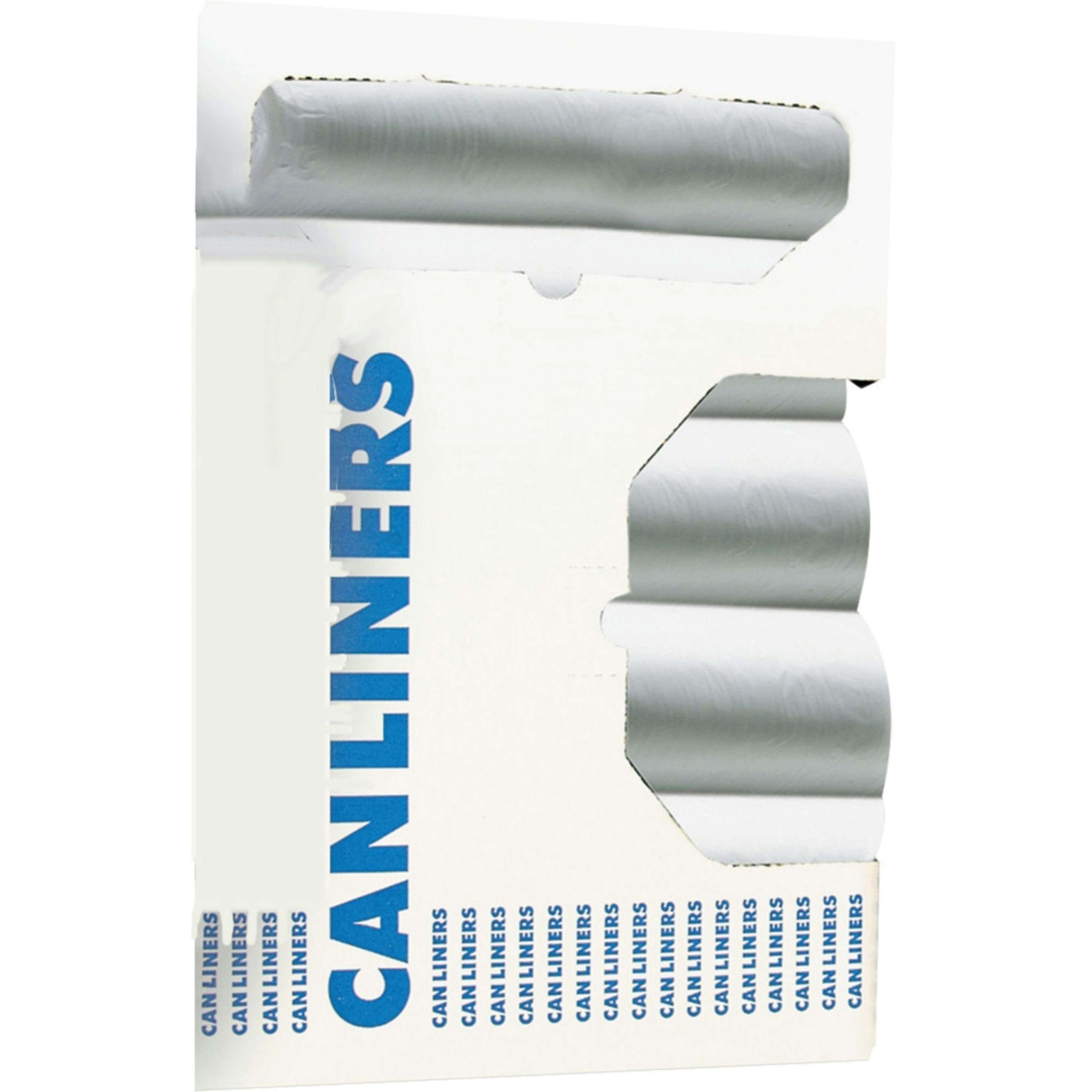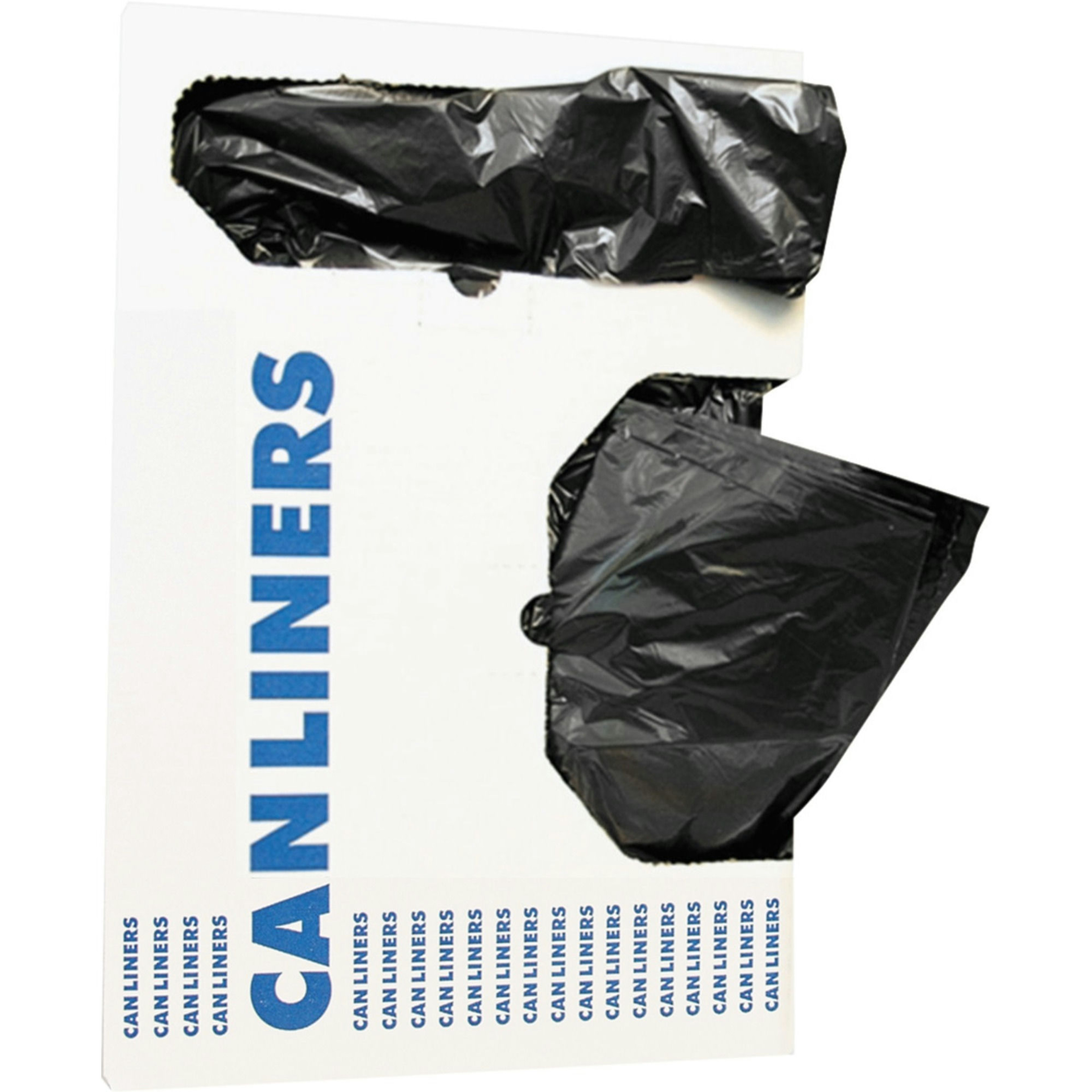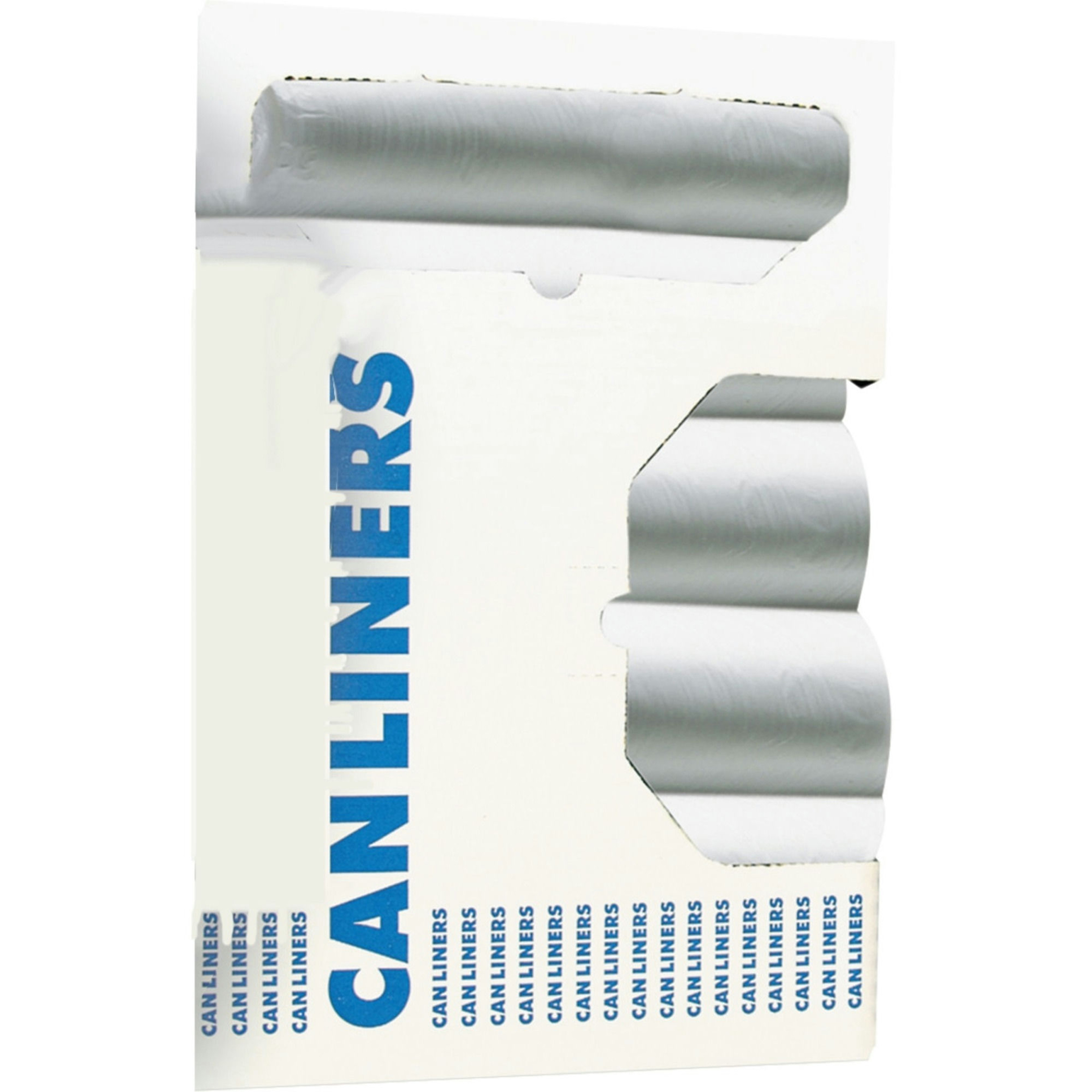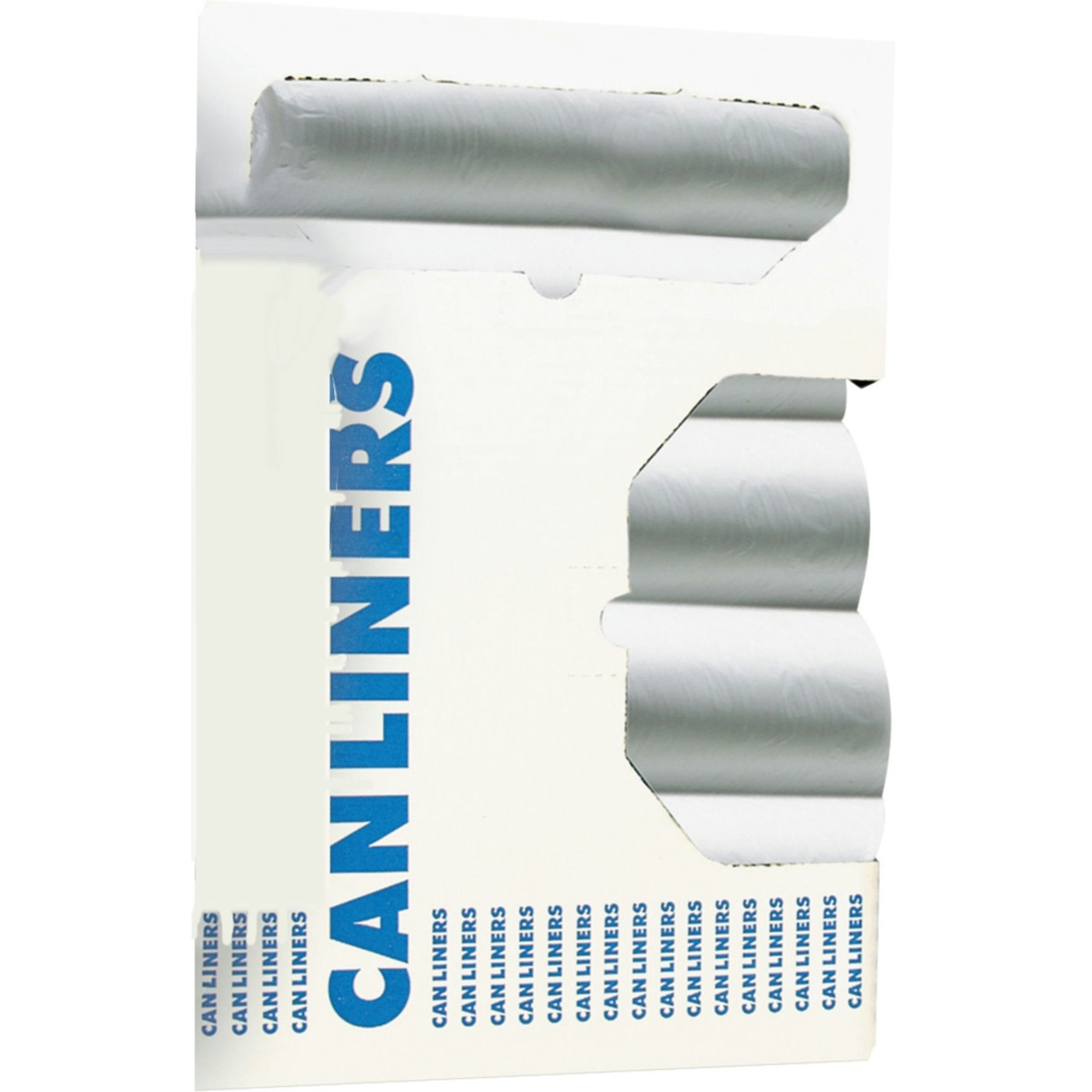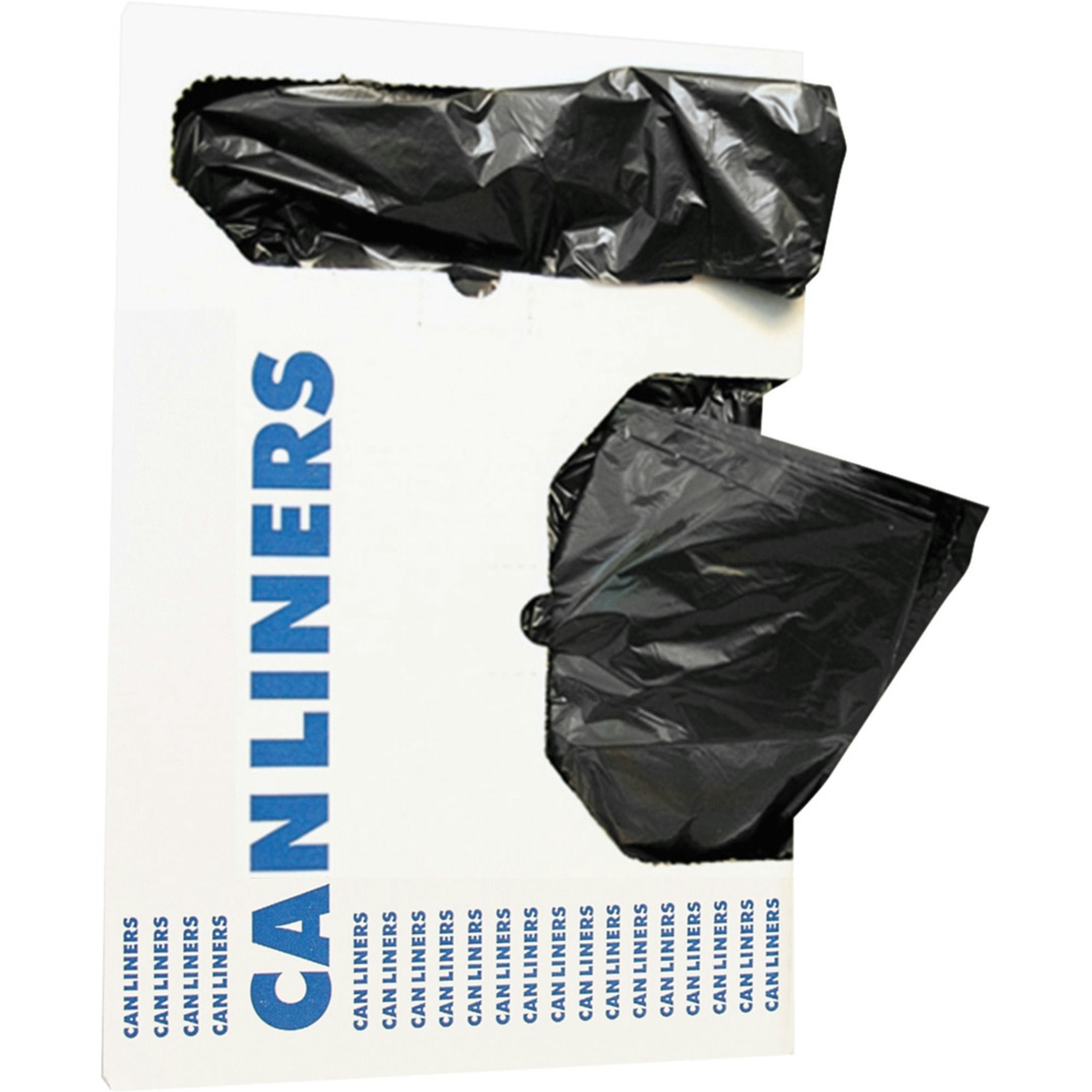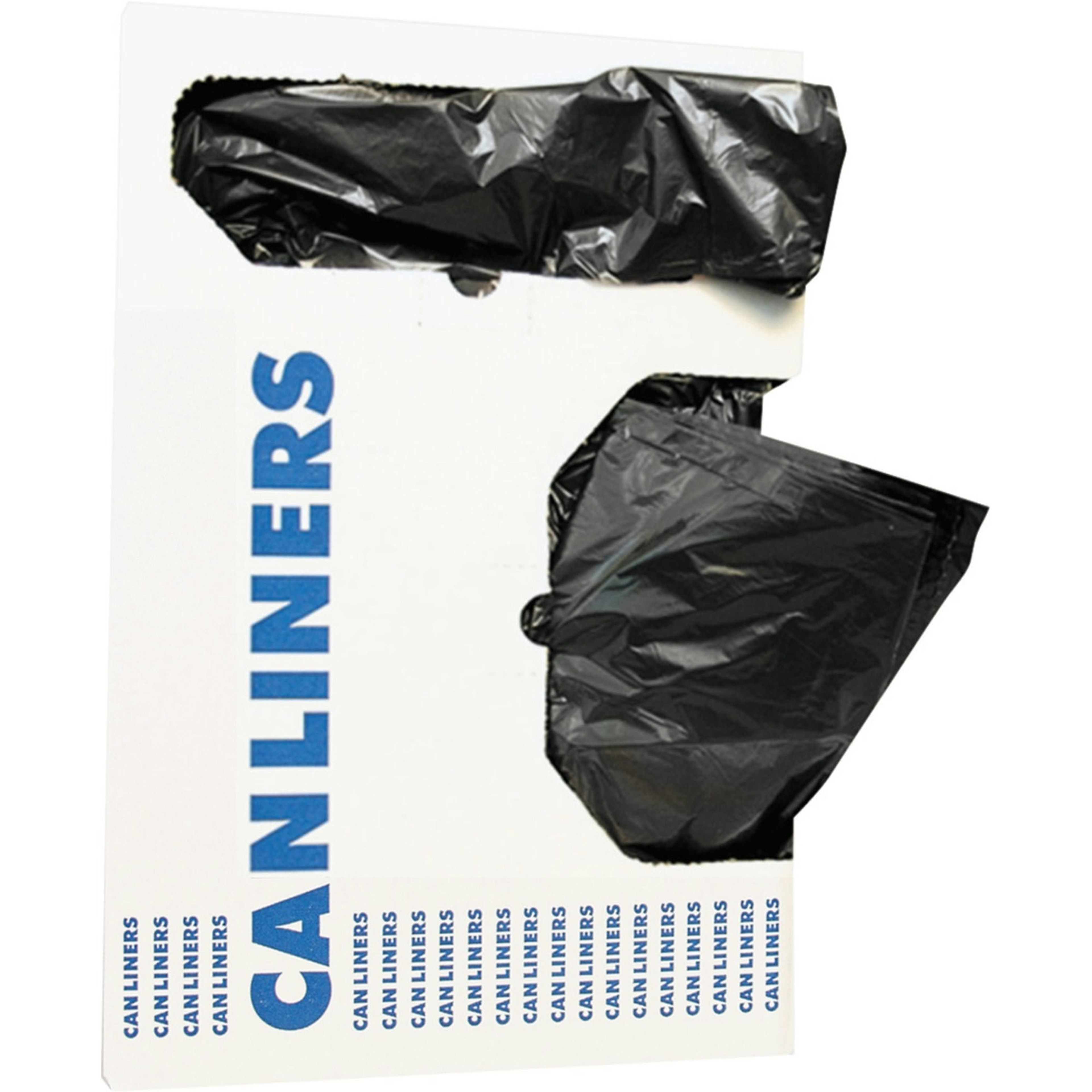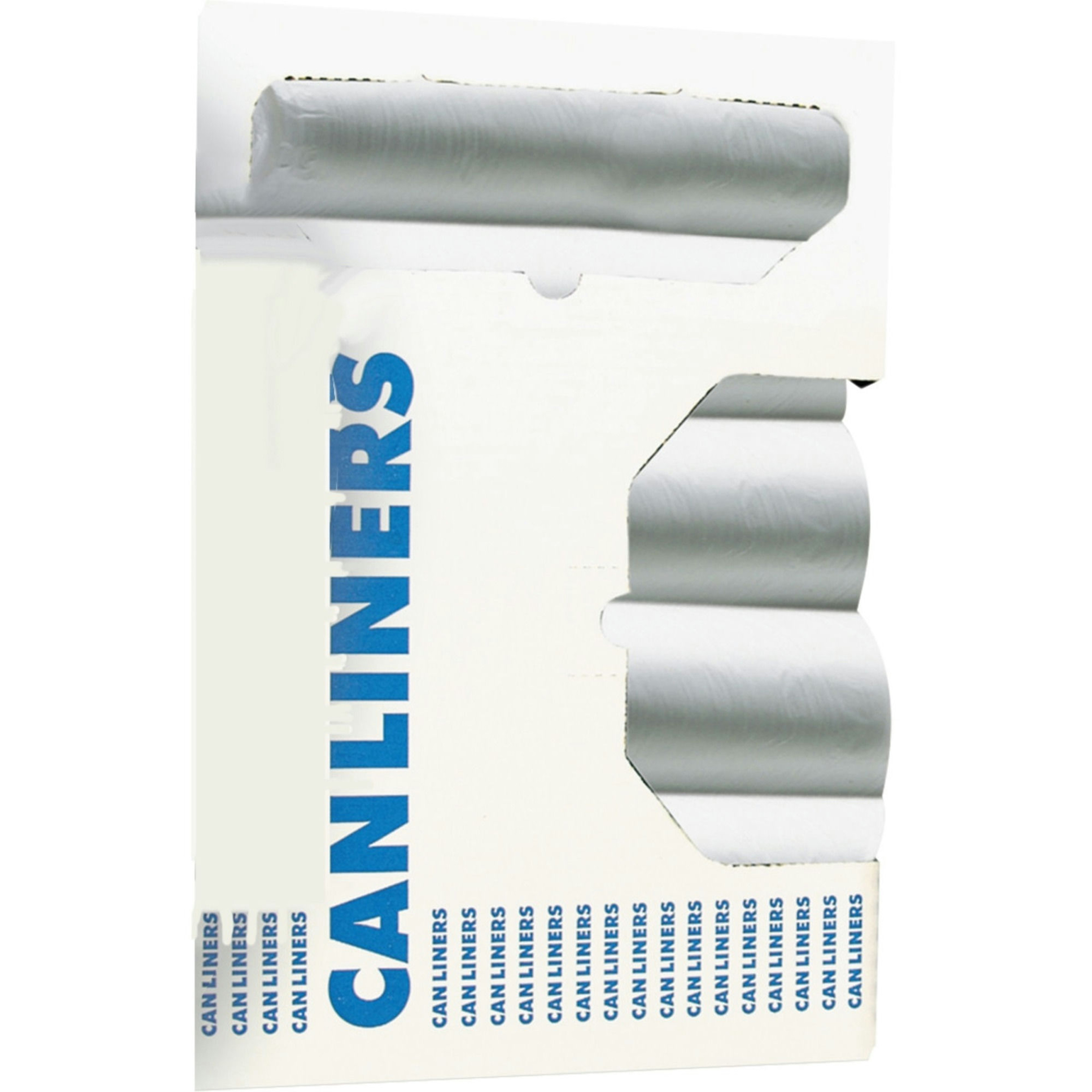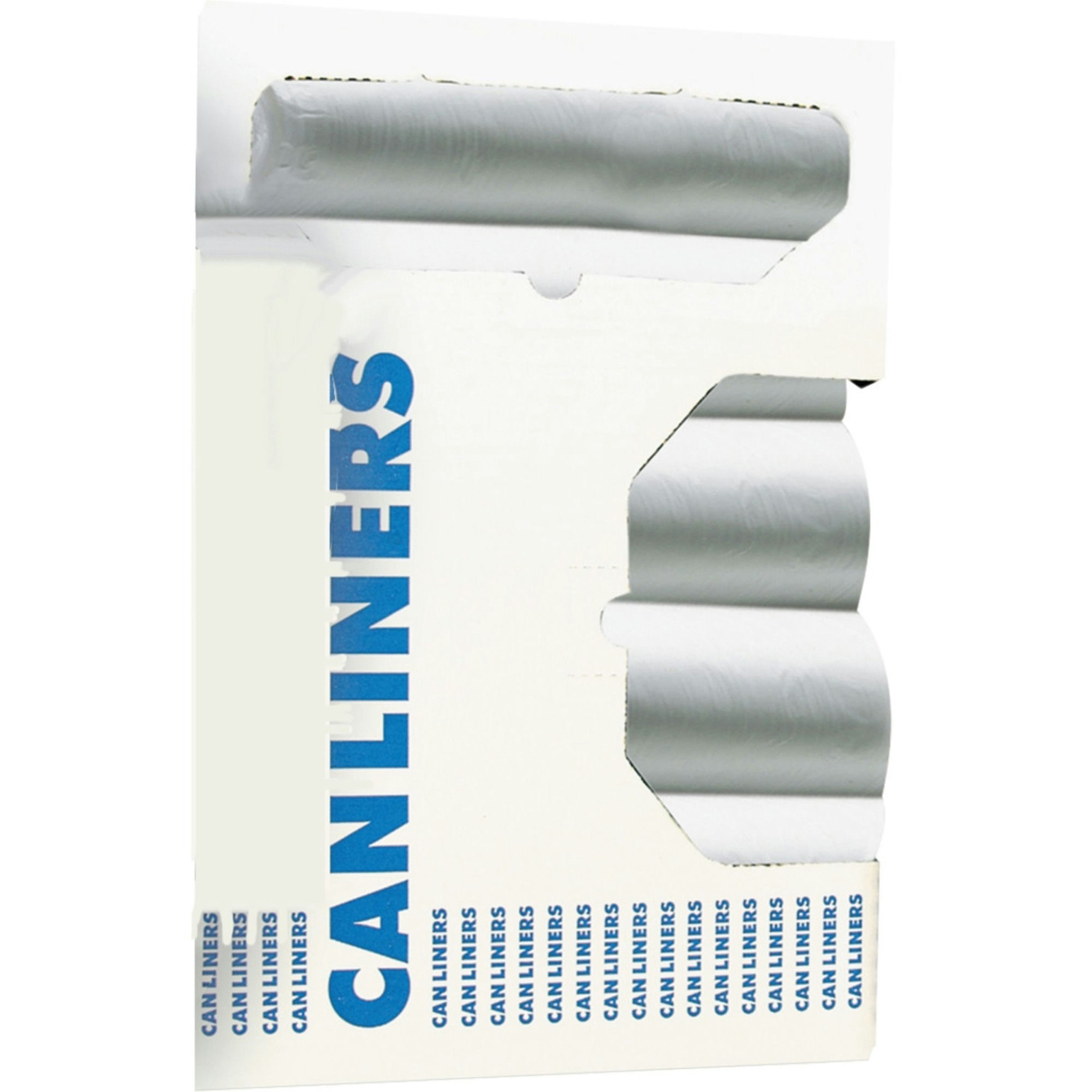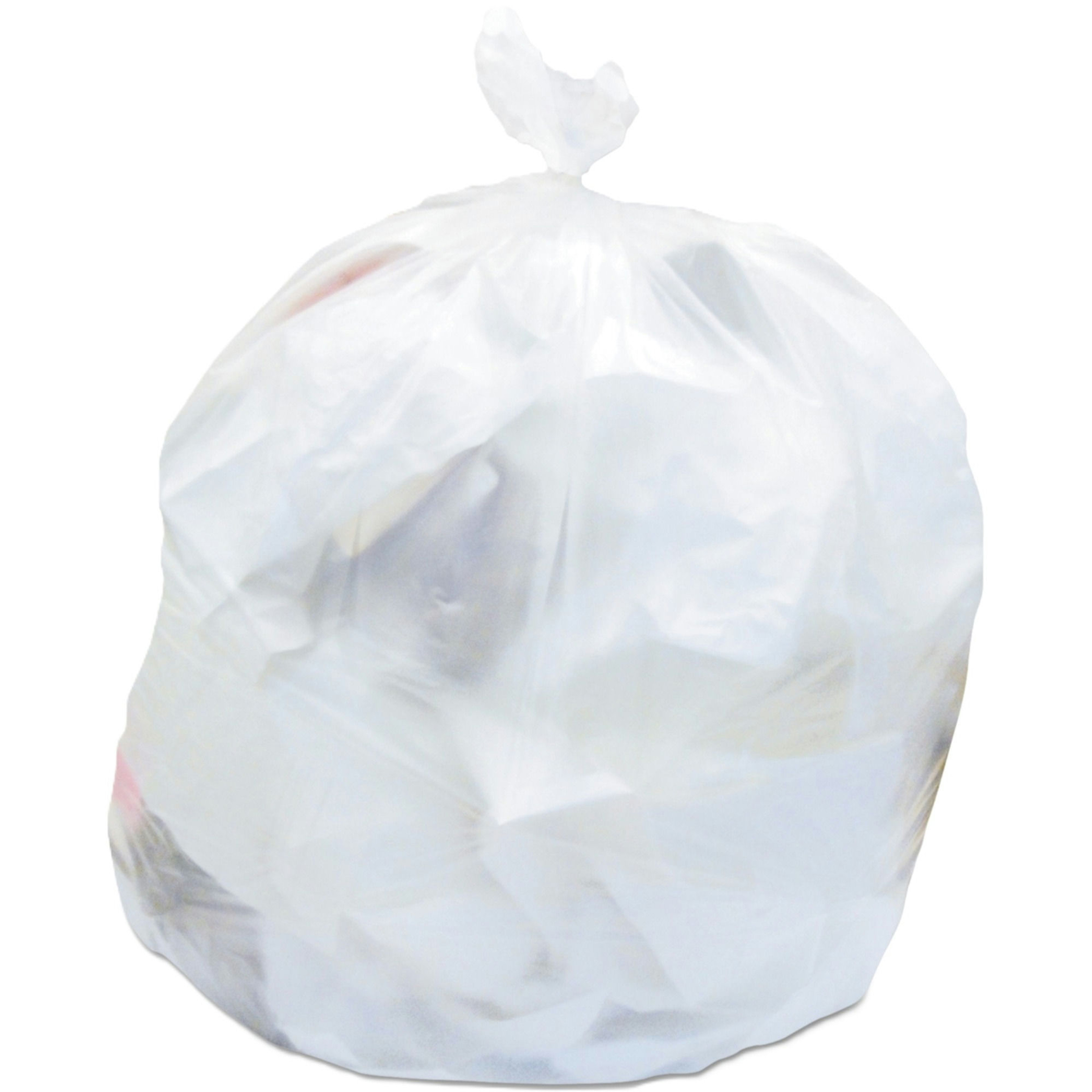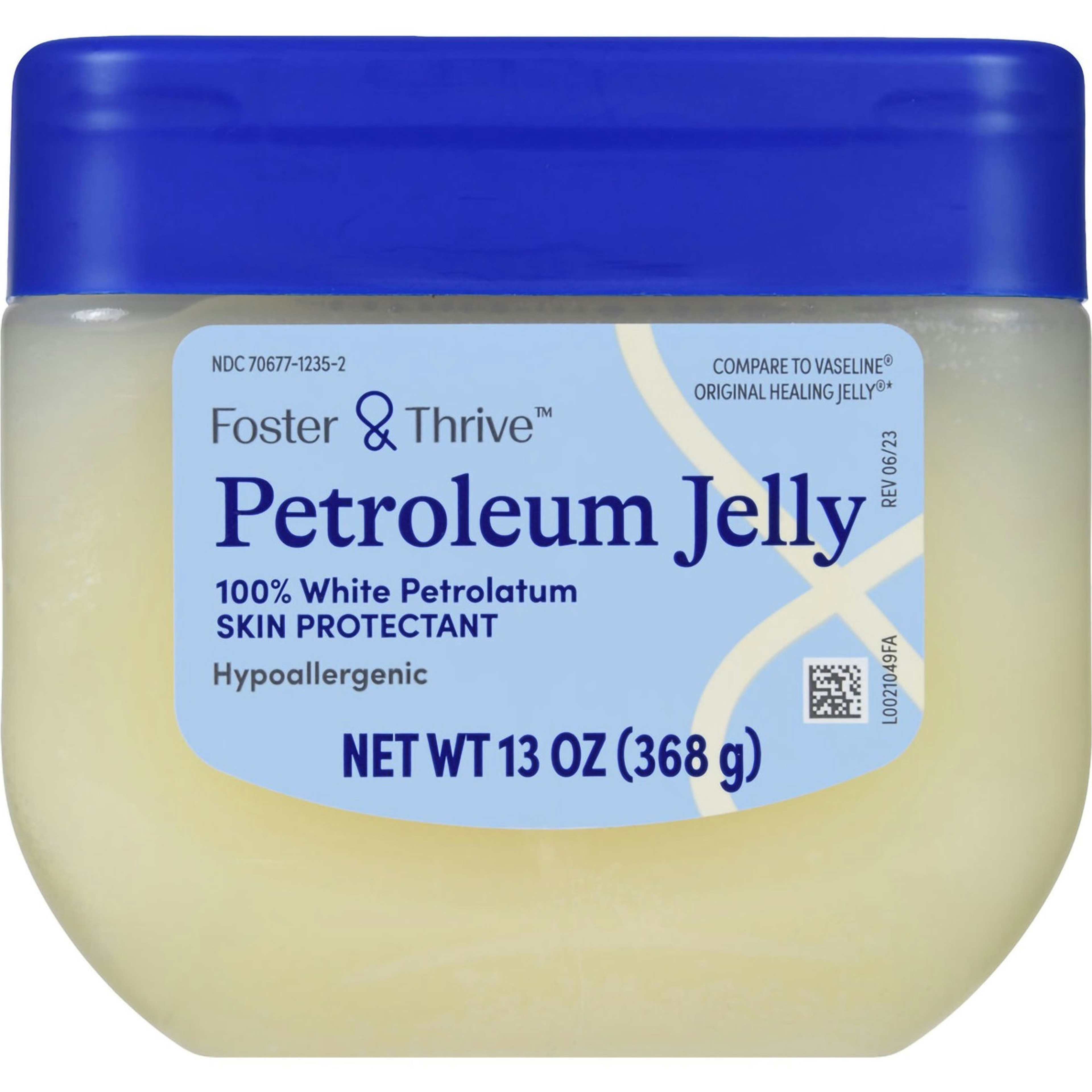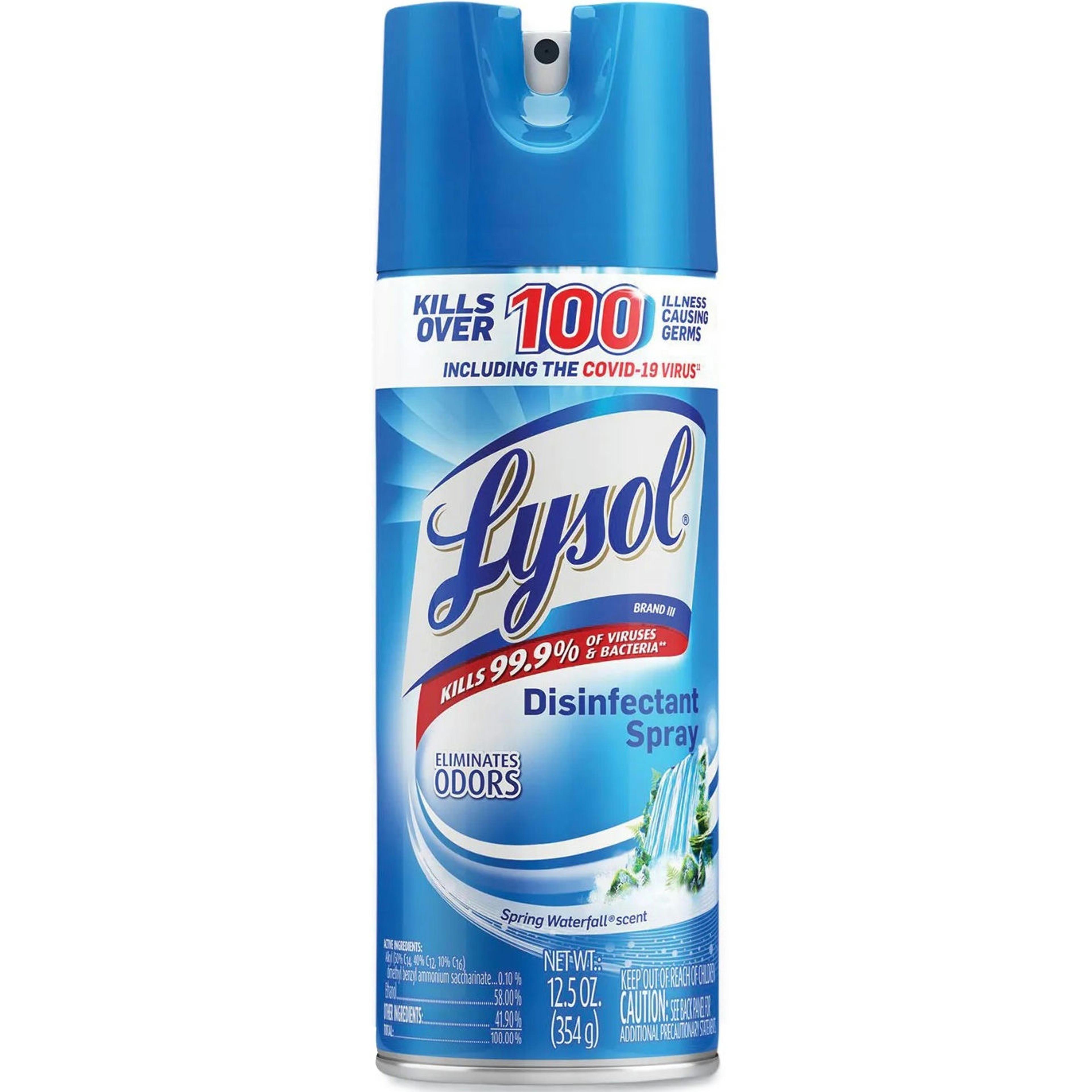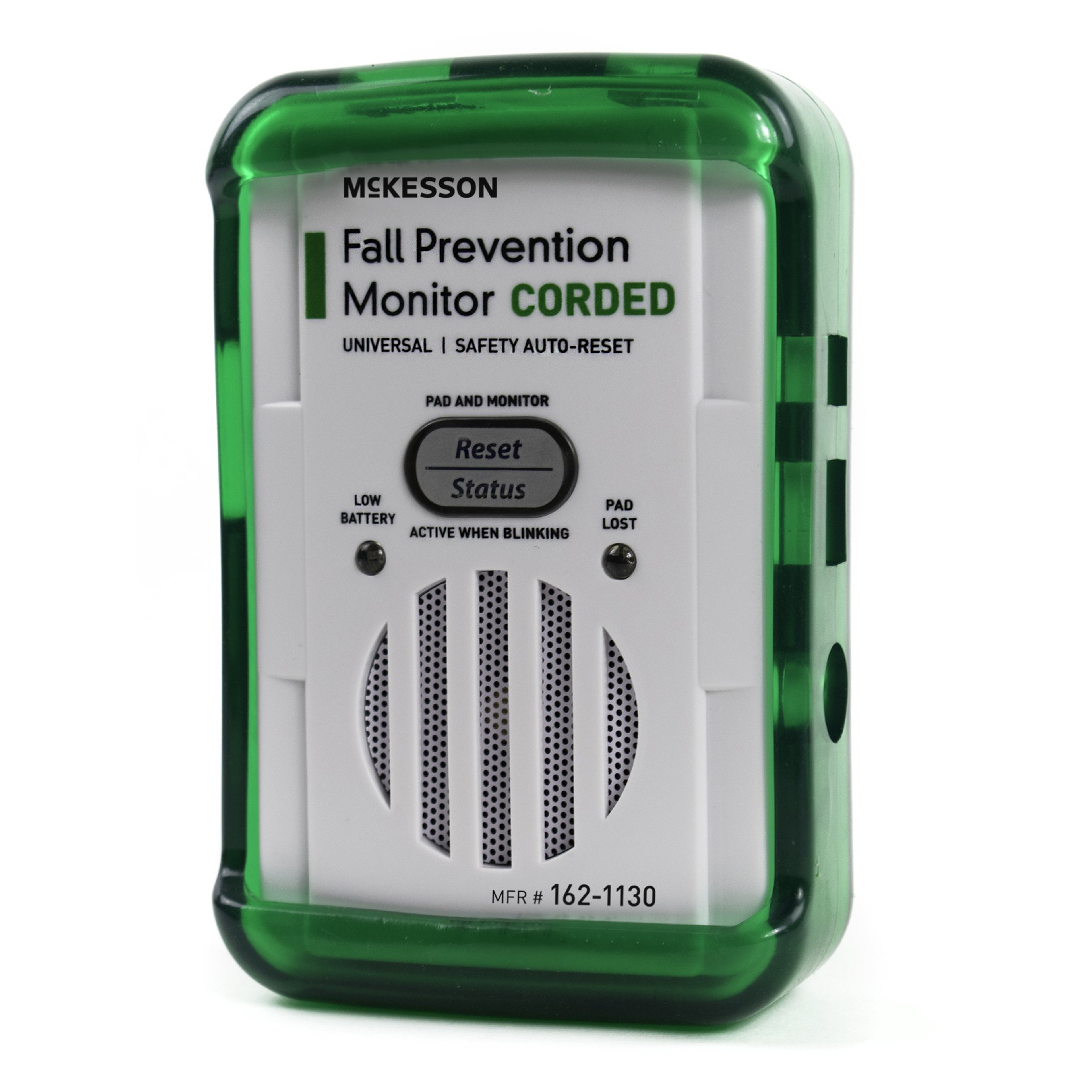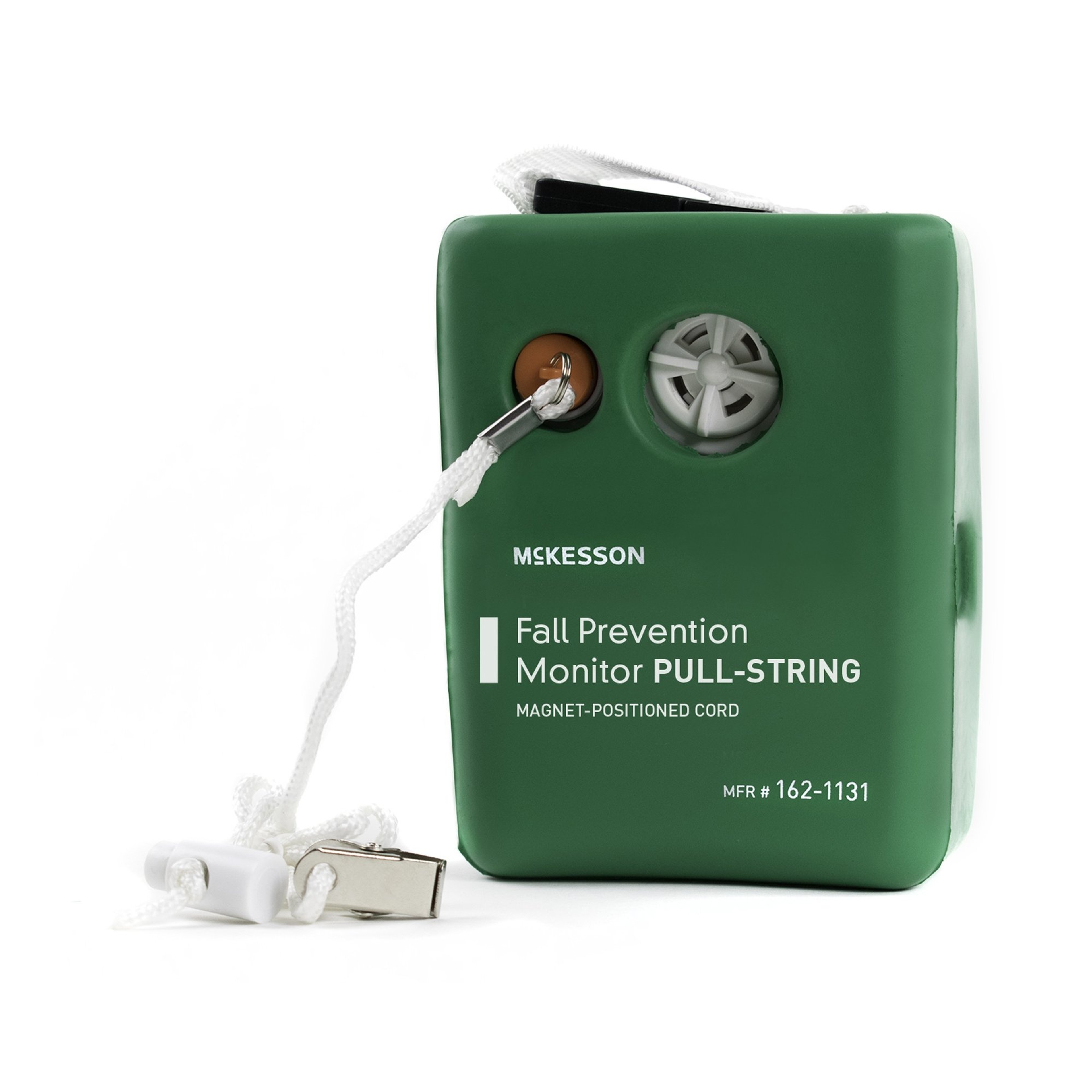About Heritage Low Density Trash Bag
Made from linear low-density polyethylene, strike a balance between strength, flexibility, and tear resistance. This makes them well-suited for a wide range of waste disposal needs. While they may not be as puncture-resistant as high-density options, their ability to stretch and resist tears makes them ideal for handling bulky or irregularly shaped items. The blend of durability and pliability positions LLDPE trash bags as a versatile choice for both household and commercial use.
Key Benefits & Features
- Best for all around use. resists tearing even if punctured
- LLD Can Liners are flexible. thick. and highly resistant to tearing and puncturing
- LLD liners are ideal for kitchen trash. construction debris or trash that includes glass. metal. wood. cardboard or other sharp. jagged or irregular shaped items
- Made from highest quality raw materials
- Mineral reinforced to enhance physical properties
- Performance bottom seal resists leakage
- Reliable, consistent quality
- Come in a bulk flat pack
Heritage Low Density Trash Bag FAQs
What are the different types of can liners?
There are three main types of can liners: high-density polyethylene (HDPE), low-density polyethylene (LDPE), and linear low-density polyethylene (LLDPE). - HDPE can liners are the most durable and are often used for heavy-duty applications. - LDPE can liners are less durable than HDPE can liners, but they are more affordable. - LLDPE can liners are a combination of HDPE and LDPE. They are more durable than LDPE can liners, but they are not as durable as HDPE can liners.
What is the difference between high and low-density bags?
High-density polyethylene (HDPE) bags are better for smooth and non-sharp materials, while linear low-density polyethylene (LLDPE) bags are better for rough and sharp materials. HDPE bags are known for their strength and puncture resistance, but they have less tear resistance than LLDPE bags. LLDPE bags are known for their combination of film strength, puncture resistance, and tear resistance.
What size can liner do I need?
The size of can liner you need will depend on the size of your trash can. Can liners are typically measured in gallons. To determine the correct size can liner for your trash can, measure the height and diameter of the can. Then, multiply the height by the diameter to get the volume of the can. Choose a can liner that is slightly larger than the volume of your trash can.
How thick should my can liner be?
The thickness of your can liner will depend on the type of trash you will be throwing away. If you will be throwing away heavy or sharp objects, you will need a thicker can liner. Can liners are typically measured in mils. One mil is equal to one-thousandth of an inch.
Size Guide
Choosing the right can liner for the right application can make your company operations more efficient, saving time and money while reducing plastic consumption. By taking a few minutes to correctly identify the type and weight of waste content, how the waste will be transported and the size of the receptacles used, you can easily select the optimal can liner to fit your needs.
| SKU | Capacity | Dimensions | Thickness | Color |
|---|
| HERH8647AK |
56 gal |
43 X 47 inches |
1.5 mil |
Black |
| HERH7658SK |
60 gal |
38 X 58 inches |
1.25 mil |
Black |
